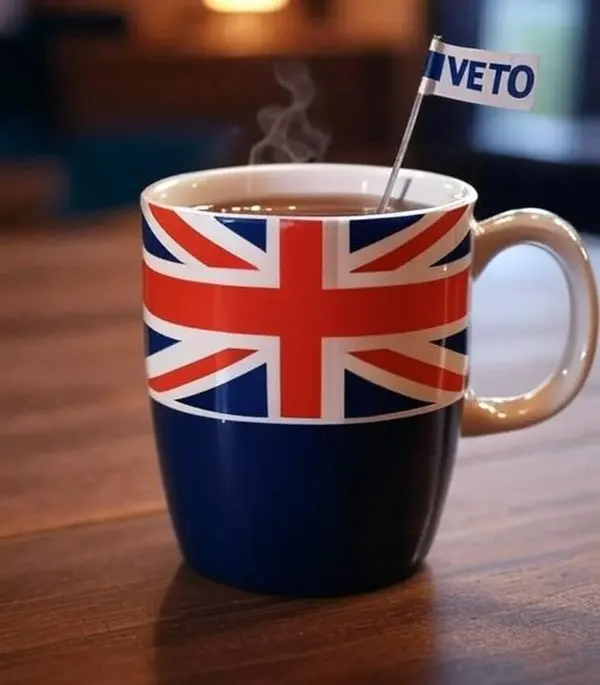Why PR is Not Enough to Make Elections More Represenative.

There are worthy efforts being made to change our First-Past-the-Post (FPTP) electoral system to one that uses proportional representation (PR), where votes are allocated more equitably among political parties, more or less directly proportional to their overall level of support.
Its not necessary to go into the details of the proposals, but they all suffer from the same gaping flaw that has never been identified, let alone addressed. The flaw is so massive, its baffling that its advocates ignore it or dont see it.
If you allocate 100% of seats without ensuring all potential voters are represented (not 100% of the electorate as there could be many who simply want to abstain), then there can be MPs “elected” that don’t represent a single voter!!
This is crazy.
Well, you might say, surely there can’t be that many. So what if there are a couple of dodgy MPs, its far better than what we have now. Is it though? Have a look at the bar chart below. Pay special attention to the percentage who don’t trust political parties in New Zealand.

They changed from the FPTP system to a PR system in the 90s, so its an interesting comparison with us in Britain. There are still well over 60% that don’t have much trust, if any, in political parties. Australia uses a form of PR in many of its elections, and the lack of trust is even more profound than we have here. So, PR doesn’t always make make improvements for voters.
Its interesting to note that since 1993, when PR was rolled out, turnout has declined! Though, its still well above our abysmal numbers.
In recent surveys, only 43% of New Zealanders think parliament represents all New Zealanders and even fewer felt “people like them” were represented. That means its likely that a large number of MPs don’t represent any voters, and we have no way to find out how many there are!
Its bonkers. How can we tolerate electoral systems that don’t guarantee that all voters have an opportunity to make their voices heard? Once again, its better than our pitiful standards. By some measures, though it does vary considerably depending on the question asked, only a laughable 4% felt “properly represented”. Other surveys have found that 31% did not feel represented at all by the main parties.
PR alone just doesn’t cut it. It needs a veto option to make it democratic, just like every other “lead, follow, or get-out-of-the-way” electoral model. There are many ways to implement PR, but the general principle is to count a veto in the same way as any other vote. Hypothetically, % vetoes translate into the same % of empty seats.
This way we can avoid having any MPs who don’t represent anyone, know how many there are, and in future elections actually have MPs in those seats that do represent those voters. Now, that’s real change!
Letting voters veto elections will ensure we get representation we trust. Then, there will be a more productive dynamic between us and our elected officials, which will translate to better governance, as the political establishment cannot go feral. They must stay true to their voters and represent them well to have long term success in politics.
Support us by sharing this blog, and signing the petition!
Link to petition below.
